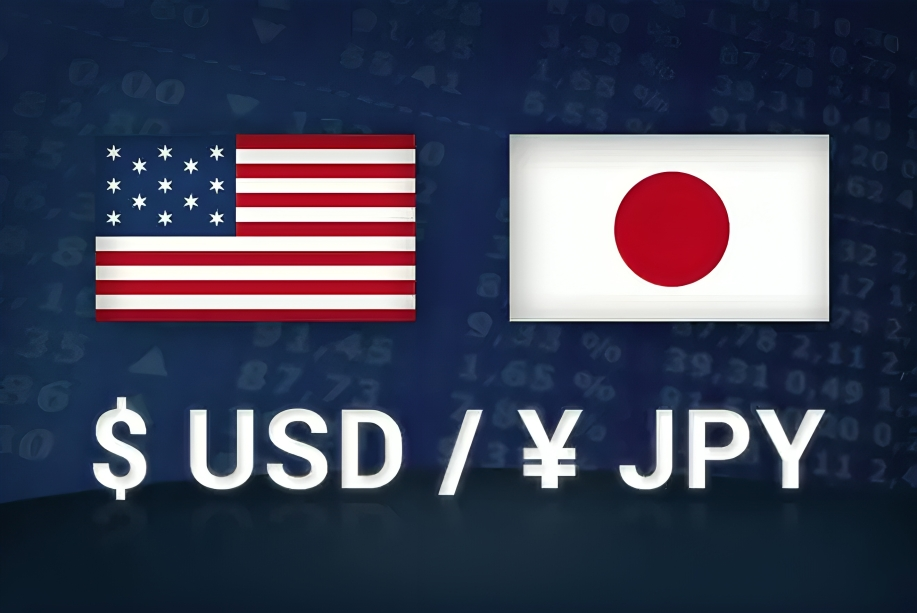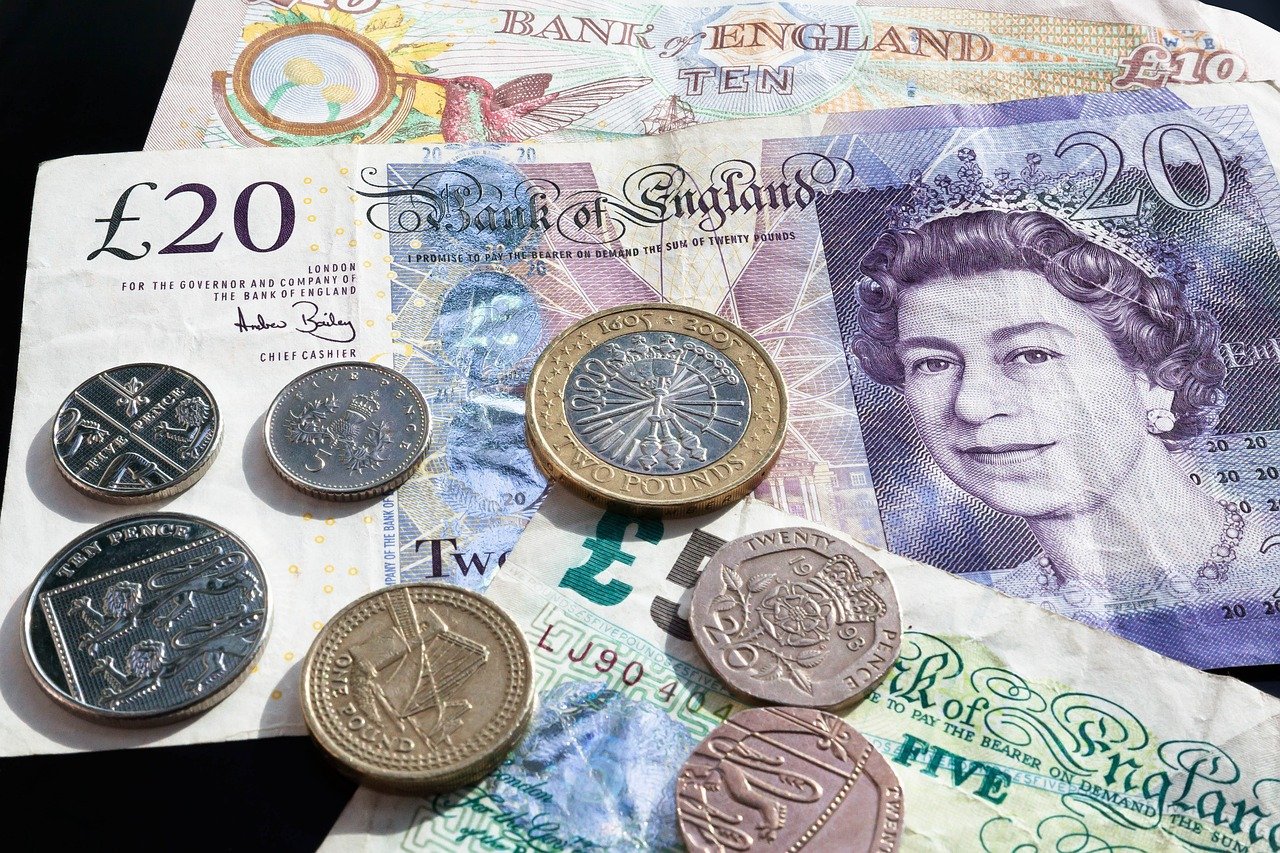AUDUSD Rebounds from Multi-Month Low Amid Trump-Driven USD Rally
The AUD/USD currency pair has been under significant pressure following the 2024 U.S. presidential election results. Donald Trump’s victory has led to a strong U.S. Dollar (USD) rally, which has sent the AUD/USD pair to its lowest level since August. However, after touching the 0.6500 mark, AUD/USD managed to recover some ground. Let’s explore the key drivers influencing this price movement, the potential impact of Trump’s economic policies, and whether this rebound signals a sustainable recovery or a temporary correction.
Trump Victory Sparks USD Surge and Pressures AUD/USD
1. Post-Election Dollar Rally
Following Trump’s election victory, the USD experienced a surge as investors responded positively to expectations of fiscal stimulus, infrastructure spending, and business-friendly policies. Trump’s return to the White House has boosted market confidence in U.S. economic growth, pushing the USD Index (DXY) to a four-month high. This broad-based USD strength has weighed heavily on the Australian Dollar (AUD), with the AUD/USD pair dropping sharply in the first half of the European session, shedding over 0.85% for the day.
2. Impact on AUD/USD Exchange Rate
The strong USD rally, compounded by renewed market optimism, has led to an AUD/USD slump. Although the AUD trimmed some intraday losses, rebounding by 70-75 pips from the 0.6500 level, it remains in negative territory. The sharp 130-pip drop in the pair underscores the pressure exerted by USD strength, as well as market fears about the impact of Trump’s potential policies on global trade dynamics.
AUD/USD Daily Price Chart

Source: TradingView, prepared by Richard Miles
Rising Fears of Fresh Tariffs and Trade War with China
1. AUD as a China Proxy Currency
The Australian Dollar is often viewed as a proxy for Chinese economic health, given Australia’s close economic ties with China. During Trump’s first presidency, tariffs and trade tensions were major concerns for global markets, especially for countries closely linked to the Chinese economy. A second Trump term has raised fears of a potential return to those policies, with the possibility of new tariffs and trade disputes looming over China.
2. Pressure on the Australian Dollar
If Trump reintroduces tariffs, China’s economy could face challenges that would likely ripple through to the Australian economy, pressuring the AUD. Given that China is Australia’s largest trading partner, any economic instability or slowdown in China could impact Australian exports, dragging down the AUD even further. This anticipated strain on the AUD has contributed to the recent decline of the AUD/USD pair.
Role of the U.S. Treasury Yields and Federal Reserve Policy
1. Rising U.S. Treasury Bond Yields
Concerns surrounding fiscal deficit spending in the U.S. and Trump’s policies have led to a spike in U.S. Treasury yields. Higher yields attract investors to USD-denominated assets, driving up demand for the USD. With Trump’s potential for large-scale fiscal spending, market participants are betting on reduced likelihood of aggressive rate cuts by the Federal Reserve (Fed) in the near future. This trend in Treasury yields further supports the USD’s rally and adds pressure to the AUD/USD pair.
2. Federal Reserve’s Rate-Cutting Bets
The market is currently pricing in smaller rate cuts from the Fed, reflecting expectations that inflationary pressures from Trump’s fiscal policies could prevent aggressive easing measures. While the Fed is widely expected to proceed with a modest 25-basis-point cut, the likelihood of additional cuts has diminished. The shift toward a more hawkish Fed stance strengthens the USD, weighing on the AUD, as a less dovish Fed could attract more investment to USD assets.
RBA’s Hawkish Stance and China’s Stimulus Efforts Support the AUD
1. Reserve Bank of Australia’s (RBA) Hawkish Policies
Despite the external pressures, the Reserve Bank of Australia (RBA) has maintained a relatively hawkish stance, aiming to keep inflation in check while supporting domestic growth. The RBA’s commitment to managing inflation and sustaining growth has helped to cushion the AUD from further losses. Additionally, market participants are closely watching the RBA’s policies, as a strong stance on inflation could help prevent AUD from plummeting further.
2. Impact of China’s Economic Stimulus
China’s efforts to stimulate its economy have started to show signs of success, with improved business conditions across various sectors. China’s economic stability is crucial for Australia, given its reliance on exports to the Chinese market. The signs of economic resilience in China have lent some support to the AUD, helping to offset the downward pressures from Trump’s election win and the USD rally. If China’s economy continues to stabilize, the AUD could find more robust support, which might help limit losses in the AUD/USD pair.

Profit-Taking and Risk-On Sentiment Boost AUD/USD
1. Risk-On Sentiment Promotes Short-Covering
The post-election risk-on sentiment in equity markets has driven some profit-taking on the USD, encouraging a short-covering rally in AUD/USD. With U.S. equity futures rallying sharply, investor appetite for riskier assets has increased, shifting some capital away from the safe-haven USD. This shift has provided temporary relief for the AUD and led to a minor recovery from intraday lows.
2. Potential for AUD/USD Recovery
While the AUD/USD has managed to rebound slightly, it is still uncertain whether this recovery will have long-term momentum. Market participants are closely monitoring whether this short-covering rally is simply a temporary correction or the beginning of a sustained upward movement for the AUD/USD pair. Without solid follow-through buying, there is a possibility that the AUD/USD pair may remain under pressure.
Long-Term Outlook for AUD/USD in Light of Trump’s Economic Policies
1. Potential for a Prolonged USD Bullish Sentiment
Given the Trump administration’s anticipated fiscal expansion, protectionist trade policies, and a likely hawkish Fed stance, the USD could continue to outperform in the coming months. A stronger USD may keep AUD/USD under pressure, especially if the Trump administration’s policies further strain global trade and weigh on the Chinese economy.
2. Monitoring Key Economic Indicators
The market will be paying close attention to developments in U.S.-China relations, Fed policy adjustments, and China’s economic performance. Should the Trump administration announce new tariffs on Chinese goods, the AUD could come under renewed pressure, pushing the AUD/USD pair lower. Conversely, if China’s stimulus measures bolster its economic recovery, the AUD may find support, preventing a further drop in AUD/USD.
AUD/USD Rebound—Temporary Relief or Sustainable Recovery?
The AUD/USD pair’s rebound from multi-month lows, driven by profit-taking and risk-on sentiment, provides temporary relief amid a strong USD rally. Although the Reserve Bank of Australia’s hawkish stance and signs of improvement in China’s economy have helped limit losses, the underlying factors favoring USD strength remain dominant. The fears surrounding a renewed U.S.-China trade conflict and reduced expectations for Fed rate cuts suggest that USD bullishness may persist, potentially keeping AUD/USD under pressure in the medium term.
Investors will need to closely watch economic data, Fed policy announcements, and developments in U.S.-China trade relations. Until there is clearer evidence of a sustained AUD/USD recovery, it may be prudent for traders to consider this rebound as a selling opportunity rather than a bullish signal.








